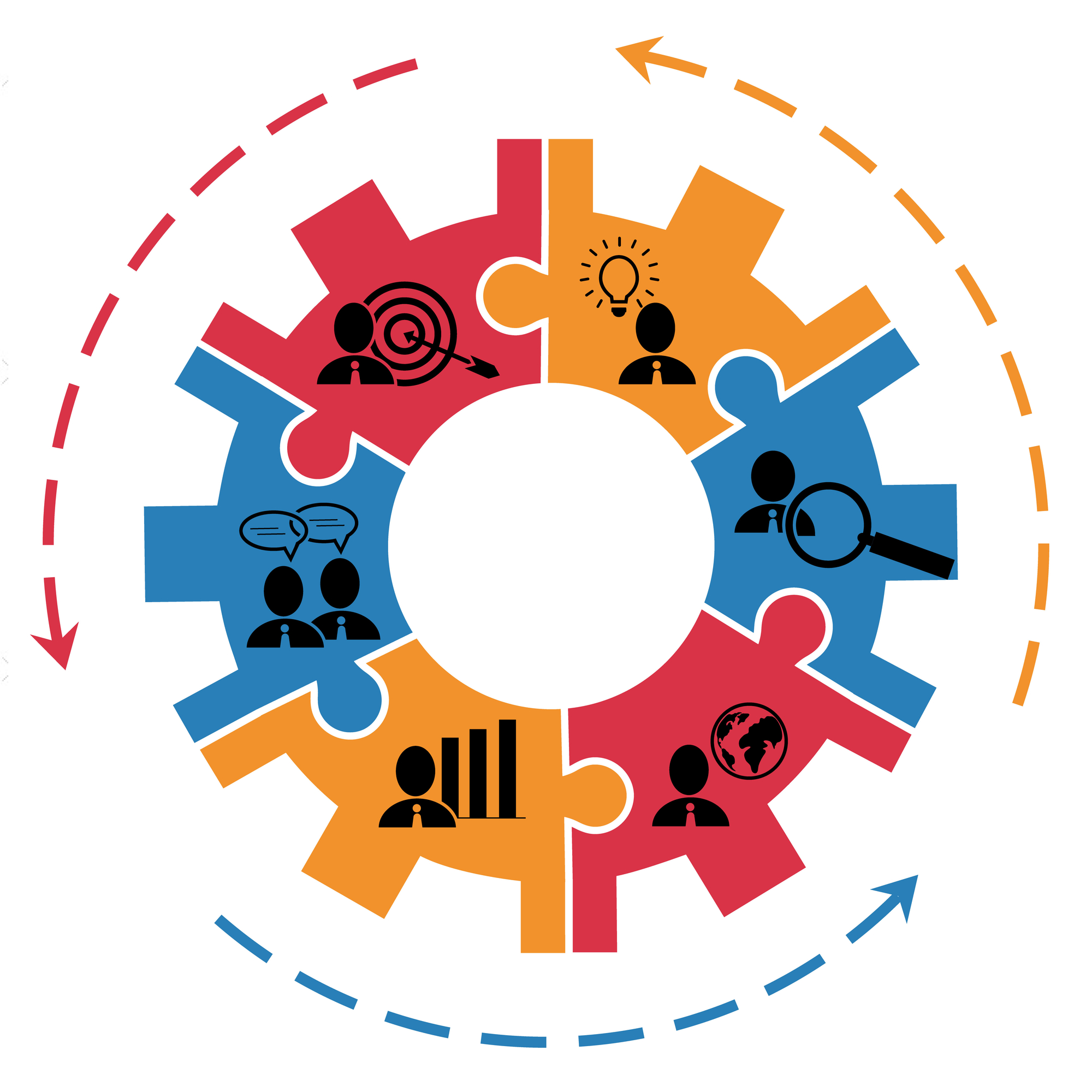Understanding the significance of business processes is crucial for any organization’s success. Here are key components that underscore their importance:
Efficiency and Productivity.
Streamlined and well-defined processes play a pivotal role in enhancing organizational efficiency and boosting the productivity of your workforce. By providing clear guidelines, employees can navigate tasks more effectively, resulting in optimized workflows.
Consistency and Quality.
Standardized processes contribute to maintaining a high level of consistency in your operations. This, in turn, ensures the delivery of products or services with unwavering quality. Having clearly outlined procedures helps prevent deviations, fostering a reliable and predictable outcome.
Cost Reduction.
Process optimization is a direct route to cost reduction. By identifying and eliminating inefficiencies, organizations can optimize resources and reduce waste, leading to significant cost savings. This financial efficiency contributes to overall business sustainability.
Risk Management.
Thoroughly documented processes serve as a robust foundation for effective risk management. By clearly delineating each step in a process, organizations can identify potential risks and implement measures to mitigate them. This proactive approach enhances the resilience of business operations.
Scalability.
The adaptability of processes is a critical factor in an organization’s growth. Scalable processes empower businesses to respond to changing demands and expand their operations seamlessly. This flexibility ensures that the infrastructure can evolve alongside the evolving needs of the organization.
Data-Driven Decision Making.
Data-driven processes provide a wealth of insights crucial for informed decision-making. By leveraging data analytics embedded in your processes, organizations gain a comprehensive understanding of performance metrics. This, in turn, enables strategic decision-making based on concrete and real-time information.
Business Process Modeling
Business process modeling is an integral step, especially when implementing Dynamics 365 technology or any other technological solution. This fast-track perspective recommends that every business undergo this process during technology implementation, emphasizing its applicability to various technological integrations.
This modeling process entails creating graphical representations, often in the form of flowcharts, to capture the level of detail pertinent to different stages of your project. The depth of detail may vary based on your project’s specific phase.
Throughout the business process modeling, descriptive details are meticulously crafted to track the intricacies of each process. This type of documentation serves as a visual guide, offering insights into the structure of the process.
Beyond being descriptive, business process models are prescriptive in nature. They not only outline what the process looks like but also prescribe how to execute it. By delineating the specific steps required, they serve as a roadmap for effective implementation.

When embarking on a project, the initial phase involves capturing a high-level overview of the business and its core aspects. This entails documenting fundamental information about the company.
As the project progresses, the focus shifts to industry practices and specific processes within the organization. This stage provides a more detailed understanding of how particular processes are structured, and tailored to the unique characteristics of the organization.
Approaching the project’s conclusion, especially during user acceptance testing (UAT) or when preparing to go live, the emphasis is on a configured solution. This phase signifies the culmination of business process modeling, where a continuously evolving and detailed representation of processes is refined.
Why is process important in business applications?
The importance of processes in business applications, particularly in the case of Dynamics 365, cannot be overstated. Dynamics 365 is designed to empower and enhance business processes, making their understanding and optimization critical for successful implementation.
The success of Dynamics 365 implementation is closely tied to an organization’s grasp of how these business applications align with and support their specific business processes. The synergy between technology and processes becomes a key determinant of implementation success.
To facilitate this understanding, Microsoft has established a comprehensive business process catalog encompassing standard processes across Dynamics 365 apps and services. This catalog is maintained in an Excel workbook, chosen for its versatility in organizing and prioritizing entries. The Excel format allows for easy sorting and filtering, streamlining the process of documenting and referencing business processes.
Navigating the Business Process Catalog
The content is organized into four levels.
End-to-End Processes: These processes are introduced with an article detailing the concept, key stakeholders, and Dynamics 365’s role.
Business Process Areas: Grouping two or more related processes, this level aids searchability and navigation within thematic areas.
Business Processes: Representing structured tasks for organizational goals, each process provides a detailed view of operational workflows.
Patterns: In Dynamics 365, patterns are repeatable configurations supporting specific processes, offering insights into common use cases.

This organized structure ensures efficient exploration from high-level conceptualizations to detailed insights, enabling users to navigate the catalog with ease.
Process-Driven Solution Architecture
This is another view of the hierarchies with end-to-end processes, process areas, business processes, and scenarios.

Sometimes you may hear references to the different levels of the framework hierarchy by their level:
- L1 – end-to-end;
- L2 – process area;
- L3 – business process;
- L4 – scenario.



